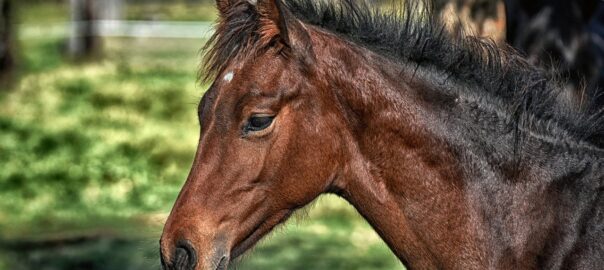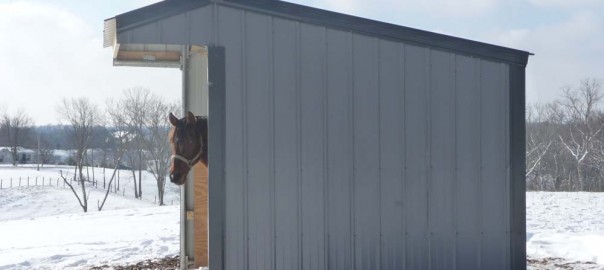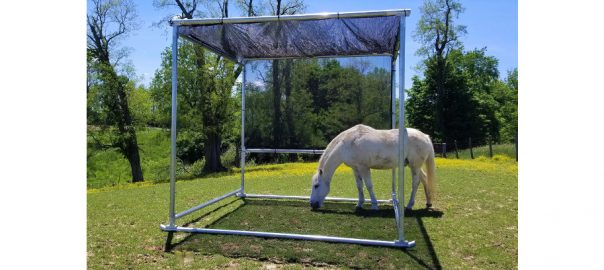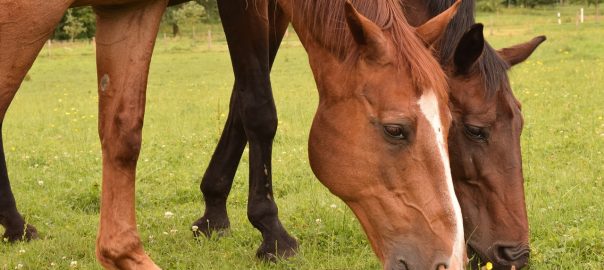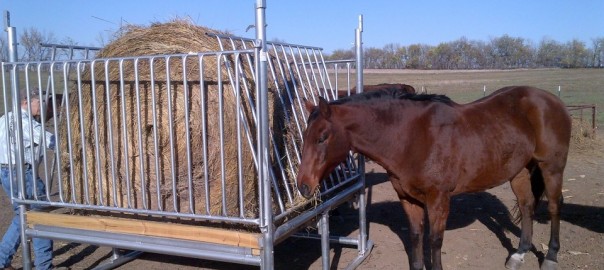Your horse’s coat is extremely important to overall health. Shedding and dryness could mean something is wrong, and not enough cover or nutrients could lead to all sorts of health concerns. Follow these few tips to give your horse a shiny and healthy coat:
Run in Horse Shelters
Run in horse shelters are great for providing shade and cover for your horse’s coat. Since too much sun exposure can be damaging to your horse’s coat, it’s important to offer protection during those hot, sunny days. A run in shelter will allow your horse to find cover when they’re too hot or feeling dried out.
Focus on a Healthy Diet
Make sure you have quality horse hay feeders to keep your horse well-fed. The majority of your horse’s calories must come from hay. Similarly, it’s recommended that your horse eats 1-2% of their body weight in roughage daily. Do a little research and purchase some quality round bale feeders and square bale feeders. Our Hay Saver Horse Hay Feeders ensure that hay stays in the feeder so there is less waste.
Pay Attention to the Signs
Make sure you’re consistently grooming your horse and paying attention to their coat. If you notice strange discoloring, dryness, or brittle coats, that could be an indication that your horse is not feeling too great. Also, a lack of shedding could be cause for concern.
As long as you’re monitoring your horse’s coat as much as possible, sticking to proper nutrition, and giving them enough shelter, your horse should be healthy and able to show off a nice, shiny, and glossy coat!
